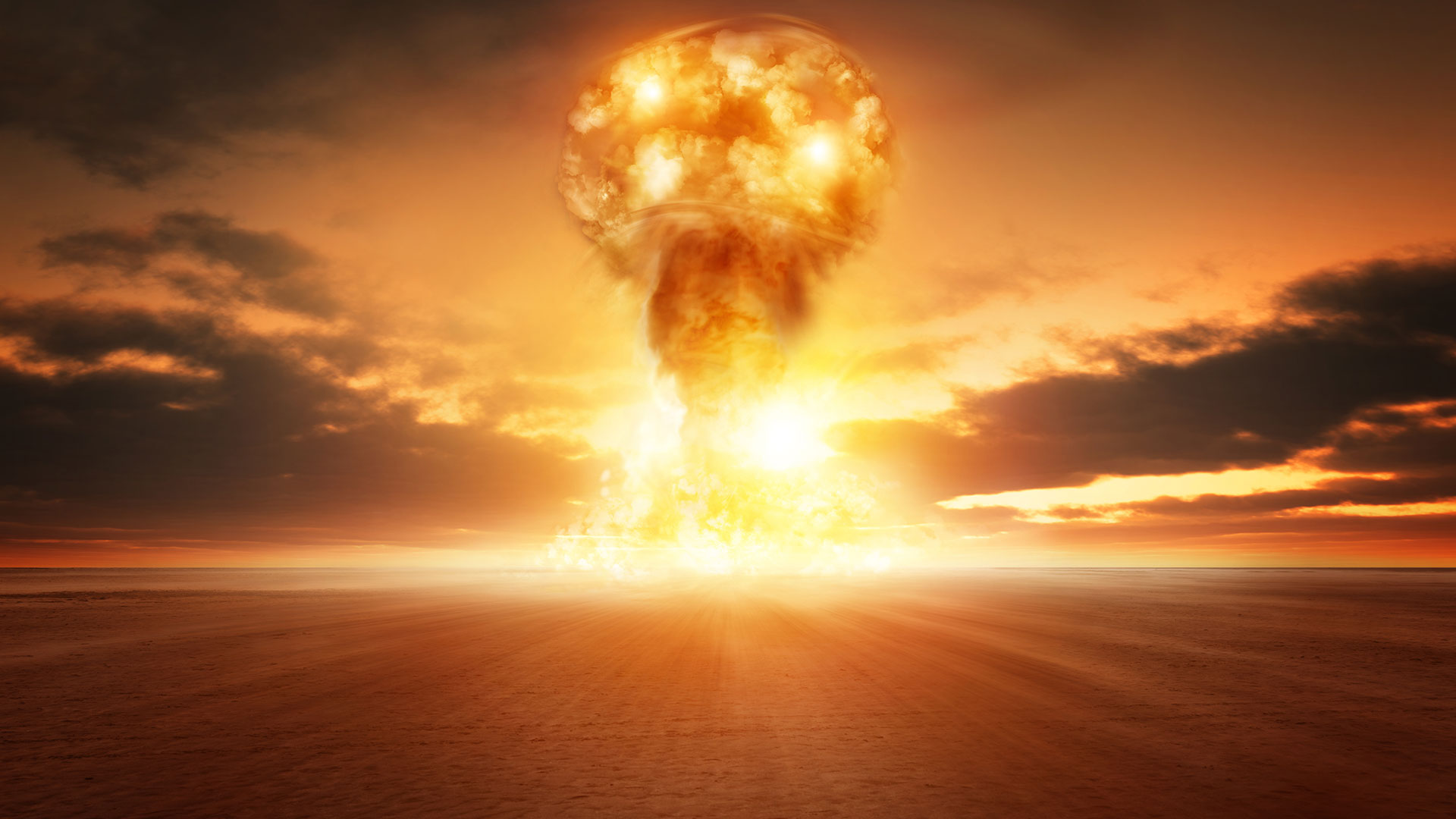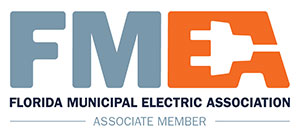When writer-director Christopher Nolan told his teenage son about his plans for the movie Oppenheimer, his son told him, “That’s just not something anybody worries about anymore,” Nolan told the New York Times. With so much else to worry about, it’s no surprise that nuclear weapons no longer register as a threat to a generation that never felt the fear or moral weight of them. Climate change is the new focal point and for good reason. But if Nolan’s son is correct, when it comes to mitigating the dangers of nuclear power, especially for countries in and around war zones, politicians are off the hook. That’s a big mistake and one that could prove costly down the road.
Despite the shocking risks that Russian forces have created by their occupation and shelling of nuclear power reactors in Ukraine, the push to keep selling nuclear reactors, even in war zones, continues.
The Bulletin of Atomic Scientists in January moved its Doomsday Clock to 90 seconds to midnight — the closest to global catastrophe it has ever been. It cited Russia’s threat of nuclear weapons use in Ukraine, its occupation of the Zaporizhzhia nuclear power plant “violating international protocols and risking widespread release of radioactive materials,” and the undermining of efforts to deal with climate change. But the global resurgence of interest in new nuclear, most notably among several of Ukraine’s neighbors, but also among countries in Asia and Africa, sets us all up for even more trouble.
Russia’s invasion and occupation of the six-reactor Zaporizhzhia nuclear power plant on Mar. 4, 2022 was not the first time an operating nuclear plant had come under military attack; nor is it something unforeseen. Since 1980 the Middle East has seen some 13 attacks on reactors (in Iran, Iraq, Syria and Israel), according to a July presentation by Henry Sokolski to the Los Alamos National Laboratory. Luckily, these attacks by aerial bombing or missile strikes either failed or avoided massive radiation releases because the reactors were mainly small research reactors that weren’t operating. Only one, Iraq’s Tuwaitha research reactor, was actually operating when the US struck it in 1991. And, unlike Ukraine’s situation, none of the reactors attacked in the Middle East were large-scale commercial power plants or situated in heavily populated areas as is Zaporizhzhia. In all of these attacks, the aim of the perpetrator, whether the US, Israel, Iran or Iraq, was to destroy a facility seen as integral to a clandestine nuclear weapons program.
Russia’s ground invasion and occupation of Zaporizhzhia, in contrast, demonstrates why commercial plants might become targets in future wars. Russia has used the plant to shield Russian troops and military personnel and equipment, gain control over Ukraine’s energy system, and provide a lever against European intervention through the threat of radiation contamination, according to a paper by the Royal United Services Institute for Defense and Security Studies.
Wider Threats
The idea of using nuclear plants as pawns in war is hardly unique to Russia, however. In Asia, North Korea has over the past decade suggested that nuclear power plants in both South Korea and Japan could be fair game for strikes; similar suggestions or alleged threats have been reported out of both Taiwan and China against each other. A US war manual actually permits attacks on nuclear plants if they serve military objectives, including their use to deny power to enemy forces or to pre-empt enemy forces from hampering the movement or advance of US or allied forces. And it rejects any military-civilian distinction, stating that “under customary international law, no legal presumption of civilian status exists for persons or objects.”
But attacking nuclear plants, and ignoring the distinction between civil and military targets, or people, ignores the 1949 Geneva Convention and protocols to that convention added in 1977. The first of these protocols, signed and ratified by 174 countries, tightened rules regarding military conflicts and discouraged military actions against nuclear power plants. The fundamental idea was to distinguish between combatants and non-combatants — including both people and facilities — and to prevent any attacks that would cause widespread harm to civilians. The US, alongside Iran and Pakistan, signed but did not ratify the protocols, and a further 20 countries, including India and Israel did neither. Russia, which did sign and ratify the protocols, decided in 2019 to withdraw the declaration it made at the time recognizing the “competence” of the International Humanitarian Fact-Finding Commission set up to investigate alleged violations of the protocol. This left no accepted mechanism in place for investigating Russian violations of the protocol.
It’s important to understand that while some features of existing plants might mitigate a combat type attack, nuclear power plants are not designed to withstand a deliberate state-sponsored military attack. Nuclear safety and security rules are crafted to address conceivable accidents or terrorist threats but don’t address how to prevent or respond to full-on military attacks. Steps can be taken to harden vulnerable areas of nuclear plants, such as spent fuel pools, and active air defense and anti-drone systems can be deployed, among other things, but these substantially increase costs.
DOE Prepared for Attack
The expectation of such an attack in Ukraine prompted the US Department of Energy (DOE) to begin preparing for one, or several, likely before the invasion even began on Feb. 24, 2022. DOE’s National Nuclear Safety Administration and Office of Nuclear Energy set up expert teams to profile all four of Ukraine’s operating nuclear plants and their spent fuel inventories as well as the Chernobyl exclusion zone. A separate DOE and interagency team worked on profiling Ukraine’s entire power grid, which was in the process of switching over to the EU’s grid when Russian soldiers crossed the border and marched toward Chernobyl. These teams worked exclusively with Ukrainian officials, sidelining the International Atomic Energy Agency (IAEA) where Russia is a prominent member.
This DOE exercise was mainly intended to understand the distinct vulnerabilities of each of Ukraine’s four nuclear power plants; what steps may have been taken to fend off attacks or manage the situation afterwards are unclear. But they were not enough either to stop the attack and occupation at Zaporizhzhia, or prevent frequent power losses there and at the other nuclear plants. And that’s not counting continued shelling at the plant, land mine explosions and the psychological stress Ukrainian employees suffered. All six reactors were ultimately shut down, something DOE had pushed for in order to avoid a catastrophic accident.
The IAEA meanwhile quickly formulated seven “indispensable pillars” for safety and security in the event of future attacks, and used the new guidelines to try and pressure Russia into better behavior while it occupied the massive plant on the Dnipro River. Notably, however, the new IAEA guidelines acknowledged the possibility of such attacks. “We have to prepare for the recurrence of this situation,” a prominent Japanese nuclear regulatory official told a side event at the September 2022 IAEA General Conference. “We should not close our eyes on the issue.”
Eyes Closed
As governments and industry continue their headlong advance into the climate change breach with the promise of “clean, safe and secure” nuclear energy they conveniently do close their eyes to this issue. Asked about the implications for nuclear energy of Russia’s attack on Zaporizhzhia, IAEA Director General Rafael Grossi told the BBC, “The problem is that they are at war … The problem is not nuclear energy.” But that is precisely the problem — nuclear energy sites are attractive targets in war.
The US push for new nuclear business throughout central and eastern Europe, alongside competitors and sometime-collaborators in Canada, France and South Korea, completely ignores the inherent risks, given that these countries are already awash in nuclear energy. “Six of the 10 most nuclear-dependent countries are former Eastern bloc states. They all rely on nuclear power for more than 30% of their electricity, creating a vulnerability,” points out Sharon Squassoni, a former State Department official at George Washington University. The rationale is that nuclear will provide these countries a way around dependence on fossil fuels imports from Russia and other suppliers. But by opting for more nuclear these countries are swapping one type of energy insecurity for a far more dangerous version.
Stephanie Cooke is the former editor of Nuclear Intelligence Weekly and author of In Mortal Hands: A Cautionary History of the Nuclear Age. The views expressed in this article are those of the author.
Editors note: This article has been amended to clarify Russia’s position regarding the Geneva Convention’s first protocol.
Reference: https://www.energyintel.com/00000189-bbea-dbd9-a9df-fffe811a0000













